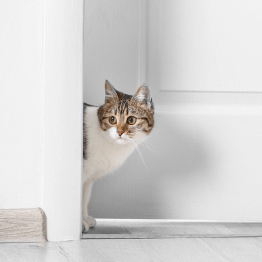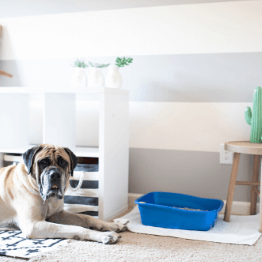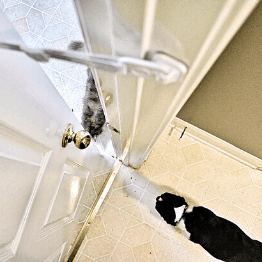HOW TO TELL IF YOUR DOG IS OVERWEIGHT - SIMPLE WAYS TO TELL AND TIPS FOR A HEALTHIER PUP
By: Door Buddy Editors | Published: 10 October 2024

We all love to spoil our dogs - they’re family, after all! But just like us, dogs can pack on the pounds, so it’s important to keep an eye on their weight. If you’ve been asking yourself, “Is my dog overweight?” or “How to tell if your dog is overweight?”—don’t worry; we’ve got you covered. According to a 2024 study by Dogster, around 22% of dogs are obese, and vets estimate that 55% of pets in the US are too heavy.
In this guide, we’ll show you how to spot the signs of a chunky pup and share some easy tips to keep them at a healthy weight.
WHAT CAUSES YOUR DOG TO BECOME OVERWEIGHT?
Is your dog overweight? It’s hard to say no to those puppy-dog eyes, but too many treats can lead to a pudgy pup! Again, just like with humans, too much food and too little exercise contribute to pet obesity rates.
We all love treats, especially our dogs. Instead of rewarding them with food, you can show your “a-pup-reciation” in other ways, such as a sniffari. Too many treats can cause that ponch to expand, and nobody wants a fat dog. Reward with play instead and enjoy extra quality time with your doggo.
HOW CAN YOU TELL IF YOUR DOG IS OVERWEIGHT?
It’s hard to say no to those puppy eyes when they’re begging for an extra treat, but keeping your dog at a healthy dog weight is so important for their overall happiness and health! Here are some simple ways to tell if your dog might be carrying a little extra weight:
1. The Rib Check
Can you feel your dog’s ribs without pressing too hard? If not, they might be packing on some extra weight!
2. Waistline Watch
When looking at your dog from above, they should have a visible waist. If they’re looking more like a sausage, they could be overweight.
3. Overweight Dog Chart
Your vet might use an overweight dog chart to see if your dog is in their ideal weight range based on breed and size. It’s a handy tool to see if your furry friend needs a little weight check!
WHAT’S A HEALTHY WEIGHT FOR DOGS?
Each pup is different, so determining your dog's ideal weight can vary depending on their breed, age, and size. Smaller breeds like Chihuahuas have a lower ideal healthy weight than larger breeds like Labradors or Huskies. Check out Bil Jac’s dog breed library to see what your pup’s perfect weight should be.
Using tools like a dog BMI calculator or consulting an overweight dog chart can give you a general idea, but don’t forget to talk to your vet! They can help you find your dog’s healthy weight and give you some pointers to keep them on track.
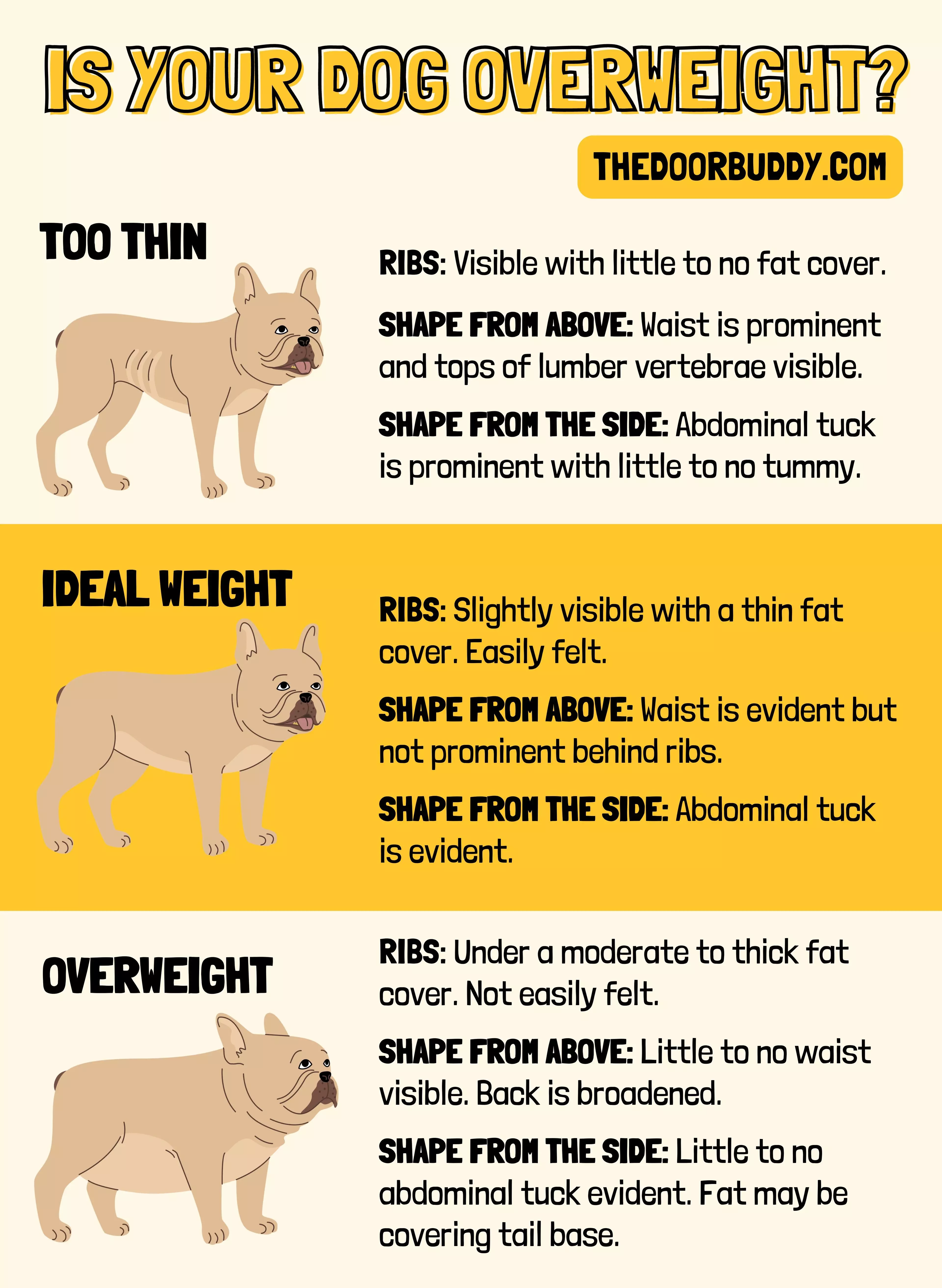
HOW TO CALCULATE YOUR PET’S CALORIC REQUIREMENTS
Saying our pets need to eat less to lose weight is one thing, but how much should they actually be eating? While this depends on many factors, such as size, breed, and what your pet does, this helpful guide will help you work out what you should be feeding your furbaby.
Are you always trying homemade recipes for pet food? Make sure you’re aware of the calorie count. Even though it might be the healthier feeding option, it can be harder to determine how many nutrients your pet is actually getting.
WHY DOG OBESITY IS A BIG DEAL
A fat dog might seem cute, but carrying too much weight can lead to a bunch of health problems. Dog obesity can cause issues such as:
-
Sore Joints: Extra weight can make it harder for your dog to move around comfortably. You might notice them getting stiff or slow.
-
Heart Problems: Just like in humans, carrying extra weight puts a strain on your dog's heart, leading to potential issues.
-
Diabetes: Overweight dogs are more likely to develop diabetes, which requires regular care and management.
-
Shorter Lifespan: Unfortunately, an overweight dog may have a shorter, less active life. Keeping them at a healthy weight means more happy years together!
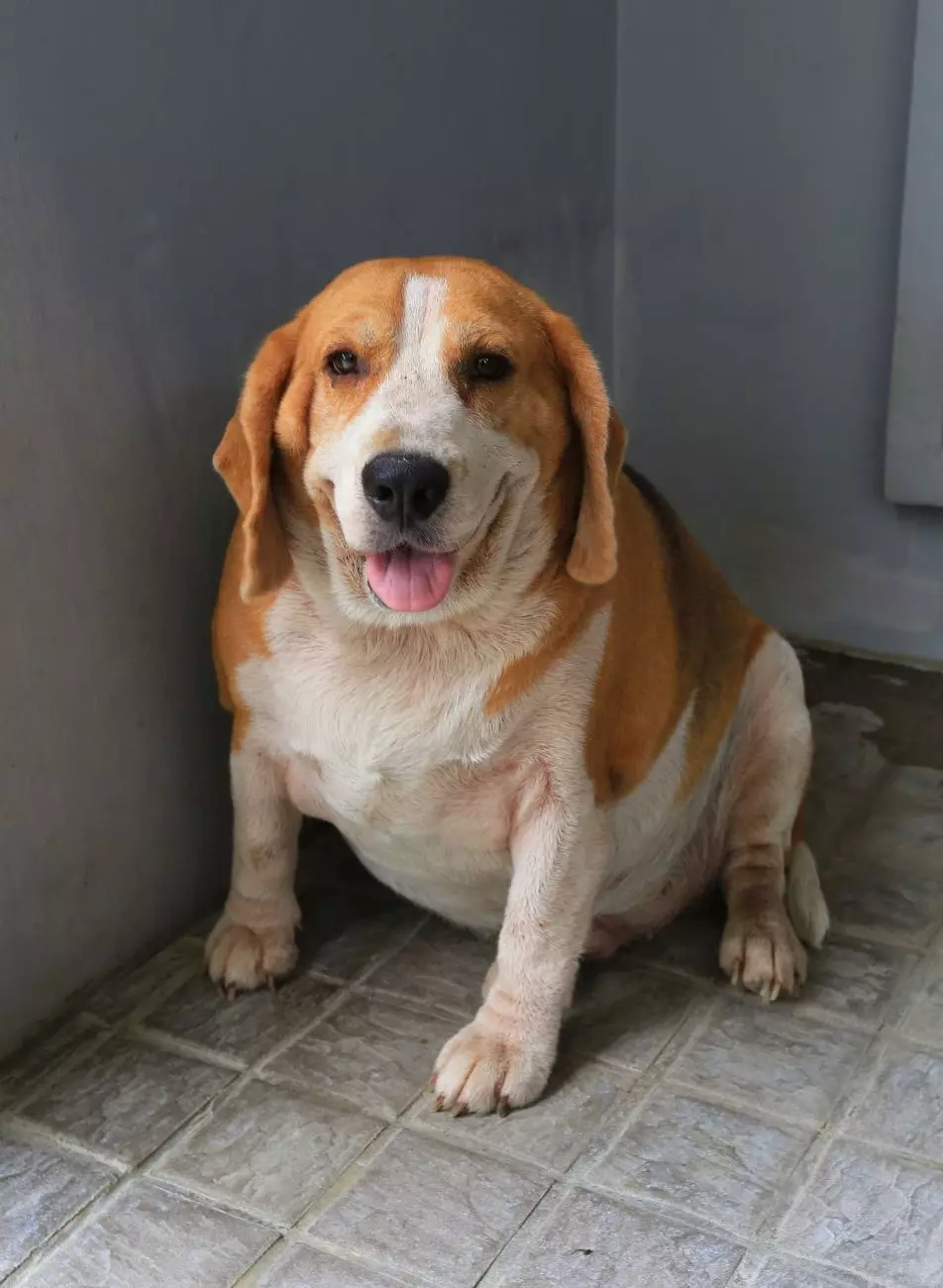
HOW TO HELP YOUR DOG LOSE WEIGHT
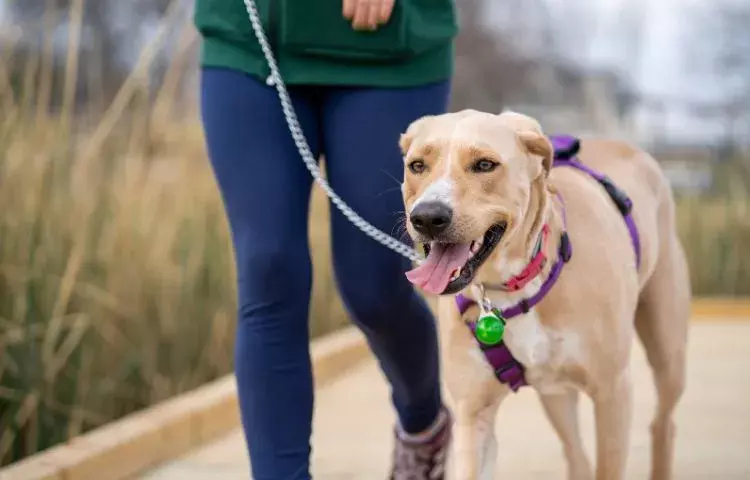
If you’re wondering, 'How can I tell if my dog is overweight?' and the signs seem to be telling you 'yes,' don’t panic! There are plenty of easy and fun ways to help your dog get back to their ideal weight:
1. Portion Control
Start by measuring their food and cutting back on treats. You’d be surprised how quickly those little extras can add up! Did you know that dog treats can be high in calories, especially if they aren’t specifically made for weight management?
2. Play More and Take Them on Regular Walks
Grab your dog’s favorite toys - like frisbees, balls, or a good old-fashioned tug rope - and make exercise a fun part of their routine. To keep them both physically and mentally stimulated, incorporate brain games that challenge their minds and keep them engaged. Regular walks are also a great way to burn off some extra calories (for both humans and doggos). Start with simple activities like these 15-minute games for dogs, and gradually increase their exercise until they’re getting the recommended amount each day.
3. Check with Your Vet
Your vet can help guide you with food recommendations, exercise routines, and tips for managing your dog’s weight.
4. Prevent Them From Snacking On Extra Treats:
With Door Buddy, a cat door latch to keep dogs out, you can easily block off no-go areas and stop dogs from getting into the cat’s food, which can contribute to dog obesity. It's an effective pet door latch solution for any home.
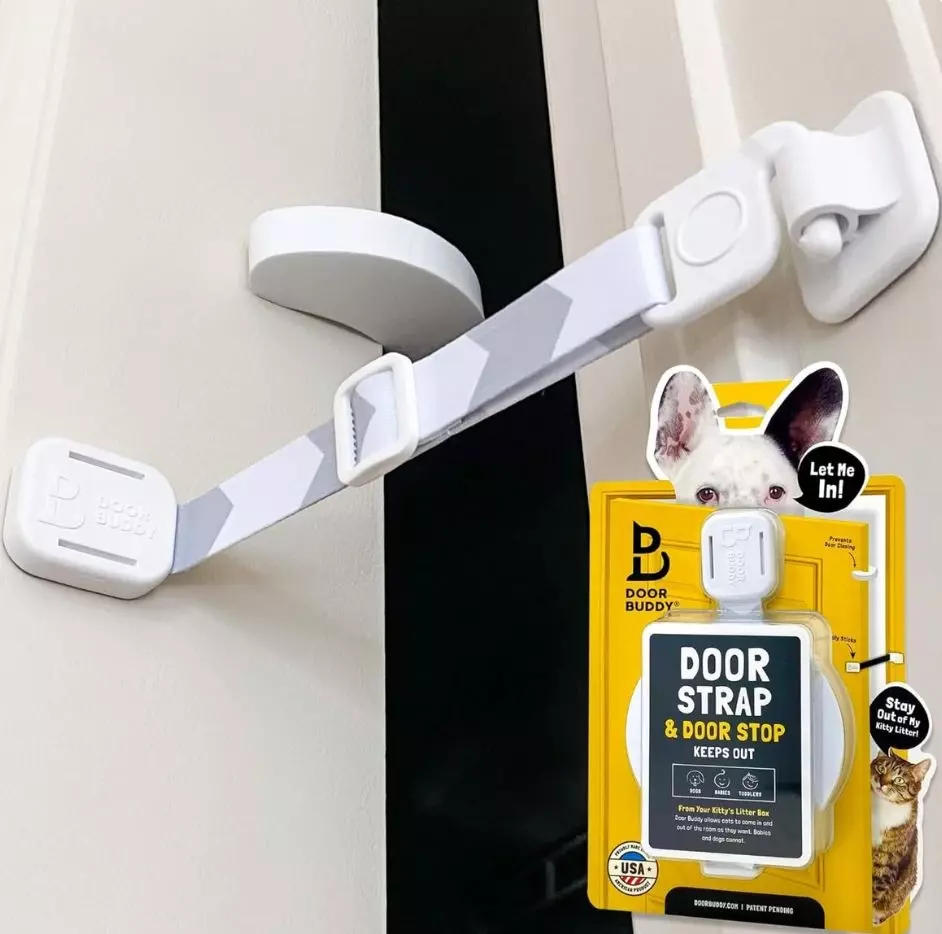
CONCLUSION: HOW TO TELL IF YOUR DOG IS OVERWEIGHT
Making sure your dog stays at a healthy weight isn’t just about helping them look their best - it’s about giving them the best possible life. If you’re asking, “Is my dog overweight?”, now’s the perfect time to take action. By making a few simple changes, you can help your pup slim down and feel great again.
So, grab those best dog toys, portion out those meals, and enjoy watching your dog get fitter, happier, and healthier with every wag of their tail!

